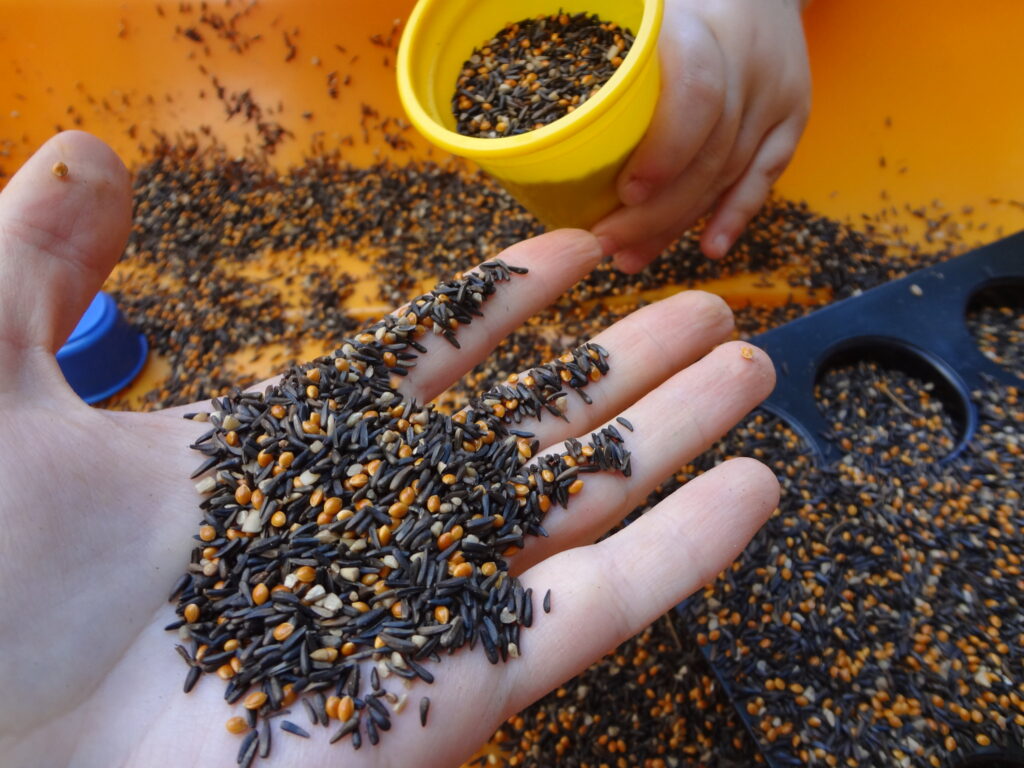
More than 55 million adult Americans feed wild birds and along the way spend more than three billion dollars a year on bird food as well as nearly a billion on bird feeders, bird baths, bird houses and other bird feeding accessories. Feeding birds is a very popular hobby in both the United States and the United Kingdom.
Researchers at the University of Missouri in Columbia Missouri investigated the content of 98 commercially available bird feed mixes. They uncovered several significant things.
The various mixes contained seeds from 29 weed species and almost all of the mixes contained seeds for pigweed, which can be a significant threat to agriculture. One in ten of the mixes contained Palmer amaranth or waterhemp seeds that demonstrated a resistance to glyphosphate. Other common weed species found in many of the mixes were kochia, common ragweed, foxtail species, and wild buckweed.
The overall collection of seed mixes contained an average of 363 amaranthus seeds in each kilogram of bird feed. Based on this, it is possible that 105 million amaranthus seeds are transported in bird feed mixes each year.
According to the researchers, it is difficult to estimate the exact role that commercial bird seed plays in spreading troublesome weed species into new regions, but it is clear that the widespread use of these seed mixes is a contributing factor to the spread of weeds.
The researchers recommend careful weed management in crop fields designated for bird feed, as well as sieving during packaging to reduce weed seed contamination. They also noted that regulatory measures adopted in Europe to limit weed seed content in bird seed have proven to be effective.
**********
Web Links
Examination of commercially available bird feed for weed seed contaminants
Photo, posted August 18, 2013, courtesy of Emma Craig via Flickr.
Earth Wise is a production of WAMC Northeast Public Radio.
Leave a Reply